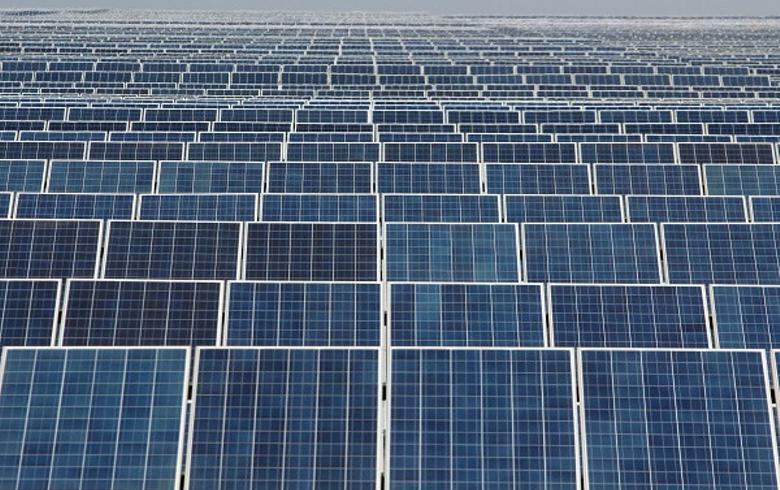India’s heavy industries are sitting on a massive green opportunity. New study by Ember, published on April 2, 2025, claims steel, cement, and aluminum industries can benefit from a 20 GW solar open access market even if they are consuming captive coal. This transition can be cost-saving and emissions-reducing. Here is what the study found and why it is a game-changer.
A 20 GW Solar Opportunity
Ember’s report identifies one particular opportunity. The steel, cement, and aluminium industries can gain profit by accessing 20 GW of solar power. Steel alone accounts for 9.4 GW of this opportunity as it pays high prices for grid electricity. “The steel industry alone accounts for 9.4 GW of the 20 solar open access opportunity,” the report asserts. Cement and aluminium add the remaining share, though they are still coal dependent.
Why It Matters
Solar saves money. In certain designs, such as standalone arc furnaces for secondary steelmaking, solar would make production 10% cheaper. For DRI-EAF steelmaking, savings of 2-5% are projected. The shift could also reduce emissions by 29 million tonnes of CO2 a year. “Seizing this opportunity could save 29 million tonnes of emissions per year at the cost of production reduction,” says Ember.
- Solar Potential: 20 GW in the cement, steel, and aluminum industries.
- Proportion of Steel: 9.4 GW, because grid electricity is costly.
- Cost Reduction: 10% in some steel plants, 2-5% in DRI-EAF.
- GHG Emission Reduction: 29 million tonnes of CO2 annually.
Where the Opportunity Lies
Odisha and Chhattisgarh are hotspots of solar energy. They have the potential of almost 40% of the 20 GW solar potential, with their industrial centers. Open access allows these industries to purchase solar power directly from producers and not via traditional utilities. It decreases the cost and accessibility of solar power for heavy users.
It is not smooth sailing for everyone. A lot of the economy depends on captive coal power, difficult to replace. Aluminium, as an example, has little cost savings through its deeply entrenched consumption of coal. Grid investment and policy support will also be necessary to grow solar. But the report identifies an opportunity in front, particularly for steelmakers wanting to achieve green steel standards for high-end marketplaces.
The Bigger Picture
India’s heavy industries must decarbonize. A 2024 Ember report on electrification estimates electricity needs in such industries may be 253 TWh by 2030, which suggests 120 GW of clean capacity. The solar potential of 20 GW is just the beginning. It also saves industries carbon border adjustment taxes like the EU’s CBAM, by turning green. “By integrating renewable power, they can set themselves on their way to becoming green production centers,” Ember’s India Energy Analyst Duttatreya Das said.
This 20 GW solar opportunity is a two-for-one. It saves money, reduces emissions, and puts India’s industry on the path to a cleaner tomorrow. And with Odisha and Chhattisgarh paving the way, the transition to solar can power India’s heavy industries while greening the planet.

